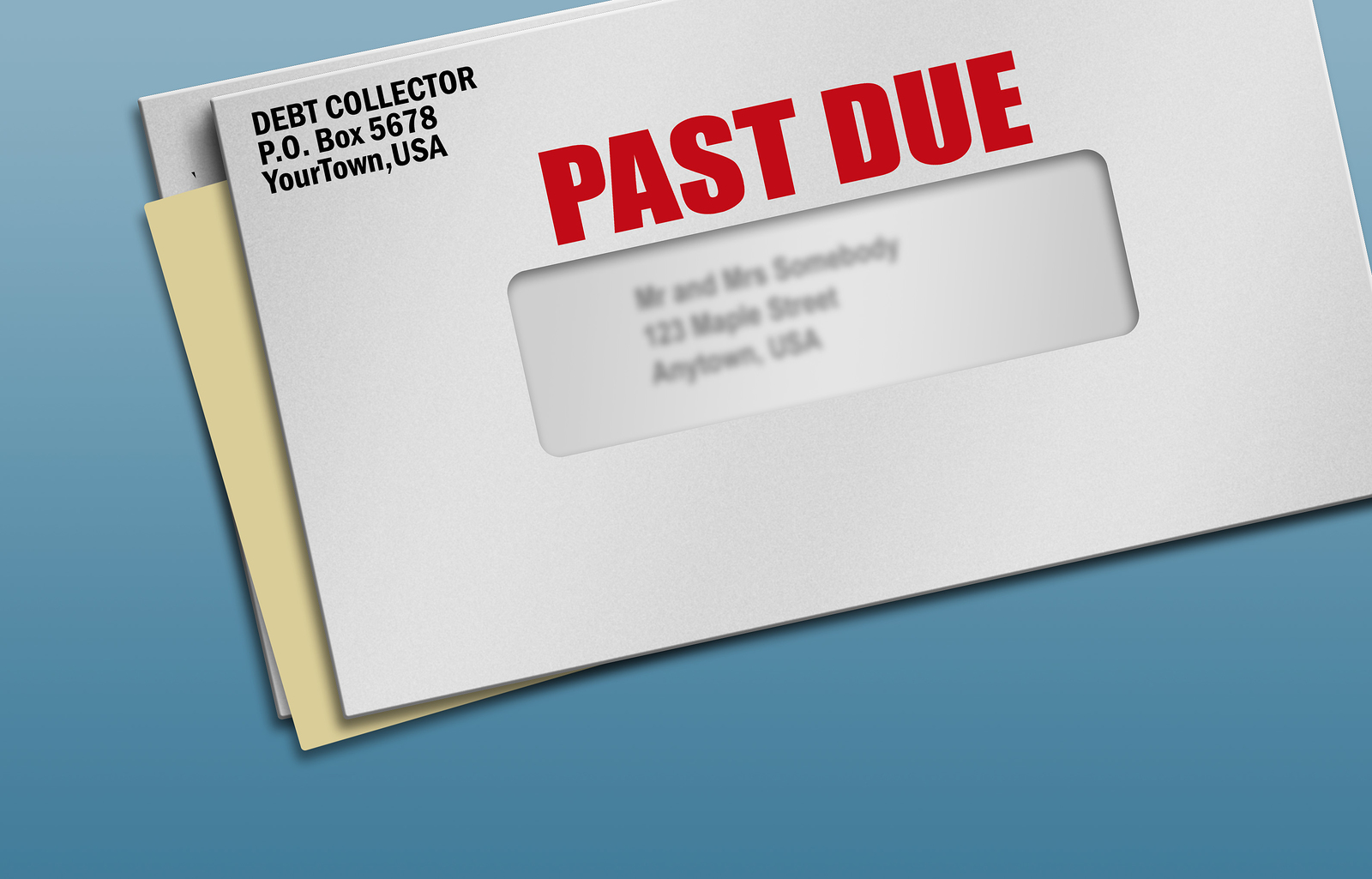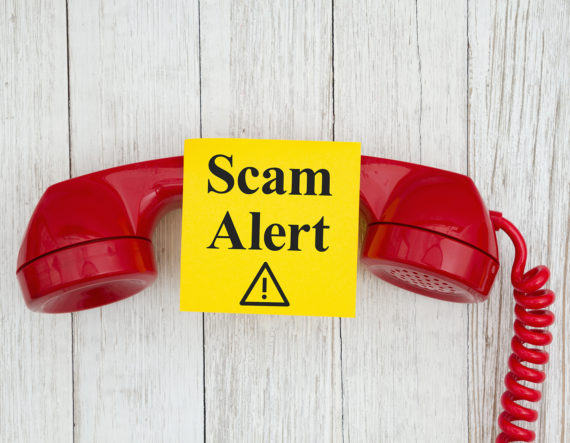
Being Bothered by a Debt Collector? Here’s How to Tell if the Debt is Legitimate
It is never a pleasant experience to receive phone calls or other communications from a debt collector. What’s worse is that sometimes collectors may contact consumers about debts that are not legitimate. To protect yourself from a creditor collecting something they don’t deserve to receive—something you don’t owe—you will need to take an important, and time-sensitive step: verify the debt’s legitimacy. Here’s how.
Possible Scenarios
In some cases, you may receive a collection call that you were fully expecting to receive. You knew you that your delinquent account was sent to collections, you remembered exactly what you owed, and you knew the collector would be making attempts to collect. However, there are quite a few scenarios that are not so straightforward.
You don’t remember the debt. A collector could contact you about a debt you have never heard of and do not recall ever owing. In this case, you would not want to blindly pay the debt or even promise to pay the debt. The collector may simply have gotten the wrong information or you could be targeted by a fake collection scam. Verifying the debt will ensure that you do not pay money to a scammer and can clarify the origin of the debt. Maybe you are a co-signor and simply forgot about taking responsibility to cover the debt, or maybe there is a genuine error.
The amount looks wrong to you. Let’s say you knew that one of your debts would be sent to collections. It was a credit card bill for $500. A few months later you get a call from a collector demanding $1,000. Something is not adding up. Verifying the debt will help you sort this out.
The debt is very old and may be “zombie debt.” When debt is of a certain age it passes the statute of limitations (which varies by state law). This means that the collector cannot legally sue you. However, if you make a payment, the statute of limitations could reset, which would refresh the collector’s right to sue you. Collectors who go after zombie debt are known for using especially deceitful tactics. Verifying the debt can ensure that you do not fall for one of their tricks and restart the statute of limitations.
How to Validate and Verify the Debt
Your rights to clarify the legitimacy of a collected debt come primarily from the Fair Debt Collection Practices Act (FDCPA). This federal law controls what debt collectors can do in their collection efforts.
Validation
When a debt collector contacts you about a debt, there are several pieces of information that they must provide. As the CFPB explains, these are:
The creditor’s name
The amount you allegedly owe
Your right to dispute the debt within 30 days and their right to assume the debt is valid if you do not
Your right to dispute the debt within 30 days, and that they will provide verification if you do
Your right to request the name and address of the original creditor within 30 days, and that they will provide the information if you do
A collector must provide this information during the first contact with you or via a written notice within five days after initially contacting you. The information provided by the collector is called the “validation notice.” The CFPB gives two important warnings about this. First, if the collector initially calls you by phone, demand that they contact you in writing. Second, do not give any personal or financial information until you confirm that you are dealing with a real debt collector.
Verification
After receiving the validation notice, you can dispute the debt, which means you will submit a letter to the collector, demanding that they verify the debt. This is your right according to bullet #4 above. Important: You technically must submit the dispute/verification request within 30 days of when you received the required information (the validation) from the collector. You should act quickly to ensure your compliance during this timeframe. However, a collector can (and most probably would) provide the information even if you request verification after the 30-day deadline has passed.
Your letter essentially just needs be dated and needs to say “I don’t owe this debt unless you can prove it, so prove it.” To make the letter a bit more formal than that one-liner, consider using the free template from the CFPB. Simply fill in your information into the letter template where indicated and mail it to the collector. Keep a copy for your records. Ideally, you will send it with a return receipt so you have proof of sending the letter and the date it was sent.
Once you submit the letter, the collector cannot contact you to make collection attempts until they provide you with verification of the debt.
Other means of verification
In addition to your rights under the FDCPA, described above, you can try a few other tactics to verify a debt. These steps may simply jog your memory about the debt if you have forgotten, or they could affirm your suspicion that the debt is not legitimate. These are simple and quick, and could be done before or after you formally dispute the debt.
First, check your credit report. Make sure that what the collector told you lines up with what your credit report indicates. If the collector is referencing a debt you have no recollection of and that debt isn’t even on your credit report, that should raise a red flag. Second, you can contact the alleged original creditor to inquire about the debt. This can help ensure that the original creditor did in fact sell the debt to the collector as the collector claimed.
Verification is Worth It
If you are contacted by a collector about a debt that does not sound familiar to you, then you should probably dispute the debt, in accordance with your rights under the FDCPA. You have nothing to lose in taking this protective measure. The process may just reveal that you owe the debt, but at least you will have peace of mind from knowing who to pay and how much to pay. On the other hand, the collection attempt may not be legitimate. You could be the target of a scam or an error. In either case, you will be glad you did not pay something you did not owe.
The post Being Bothered by a Debt Collector? Here’s How to Tell if the Debt is Legitimate appeared first on NFCC.
Read more: nfcc.org

